Can humans reject the fate of dinosaurs?It depends on the hit tomorrow
Author:Shell net Time:2022.09.26
Tomorrow (September 27) at 7:14 in the morning (September 27), the first planet defense exercise of human beings will be staged on time. Sometimes somewhere from the earth that is about 11 million kilometers away from the earth, a detector will "start a premissions" and actively hit a small planet.
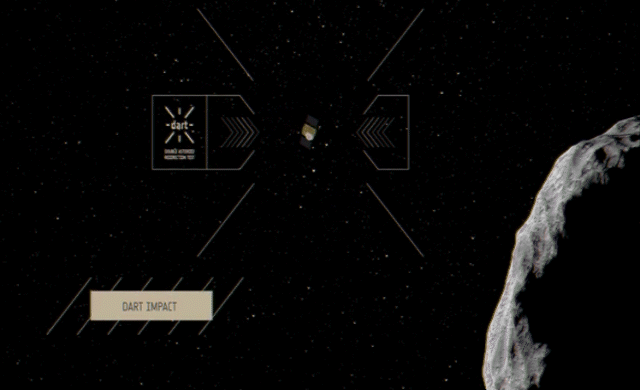
Impact effect simulation map | NASA/JPL
The purpose of this is to evaluate whether this planetary defense method is feasible -to take preventive impact measures for small asteroids that may threaten the earth in the future, whether it can really avoid the catastrophic consequences of the asteroid hit the earth.
Start up first
When it comes to the threat of Xiaoxing, it is inevitable that people think that it has ruled the earth for at least 160 million years of dinosaurs. After a huge asteroid impact of about 65 million years ago, the insurmountable dinosaurs completely withdrew from the historical stage.
Although there is no evidence that "prehistoric civilization" has encountered similar disasters, small -scale asteroids have occurred from time to time to hit the earth or earth atmosphere.
The most impressive time was the falling incident of Carbisk in Russia on February 15, 2013. Studies believe that this is a small asteroid with a diameter of 20 meters broke into the earth and exploded at a height of about 30,000 meters from the ground. Indirectly causing more than 1,400 people to be injured. Due to the occurrence of a large number of driving recorders, the spectacular firearms like the sun were photographed.
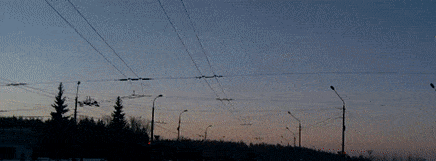
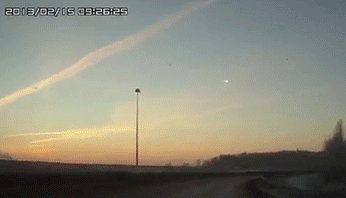
The real shot in the car of the Carbisk falling incident | Tuyuan Network
These things tell us that the concerns about the asteroid hitting the earth are not worried. How to defend the asteroid impact has now become a common issue of global.
Facing the threat of the stars, the following methods are nothing more than the following ways:
Fried -use a large amount of explosives and missiles to break the asteroid.
Banging -by active impact, it deviates from the track like a billiard to eliminate the threat to the earth.
Tibetan -Can we not afford to avoid it? If you can't deal with the asteroid from the flying, you can only enter the bunker to hide as soon as possible before the impact. Of course, the premise is that there must be sufficient early warning time.
Actively attacking is better than being strong. If we find a little asteroid pose a great threat to the earth, try to intervene in advance -without waiting for it to hit me, I first hit it out of the threat.
So what is the impact effect? What level does you need to reach this change? The dart project (DART) of the NASA (NASA) is the pioneer in this area.

Dart task badge | NASA/JOHNS HOPKINS APL
DART, all named Double Asteroid Redirection Test, can be literally translated as "’ double asteroid impact steering test ".
The English word DART has the meaning of "dart". The identification of this task also uses the dart form, which symbolizes that it is self -evident. It is hoped that the detector can go to the target like a dart.
Interestingly, because of the pronunciation of DART, domestic enthusiasts are also kindly called "hit him", and the homophonic stalks are very slippery!
The goal of "dart"
Let's take a look at this "dart" of Asterius tomorrow.
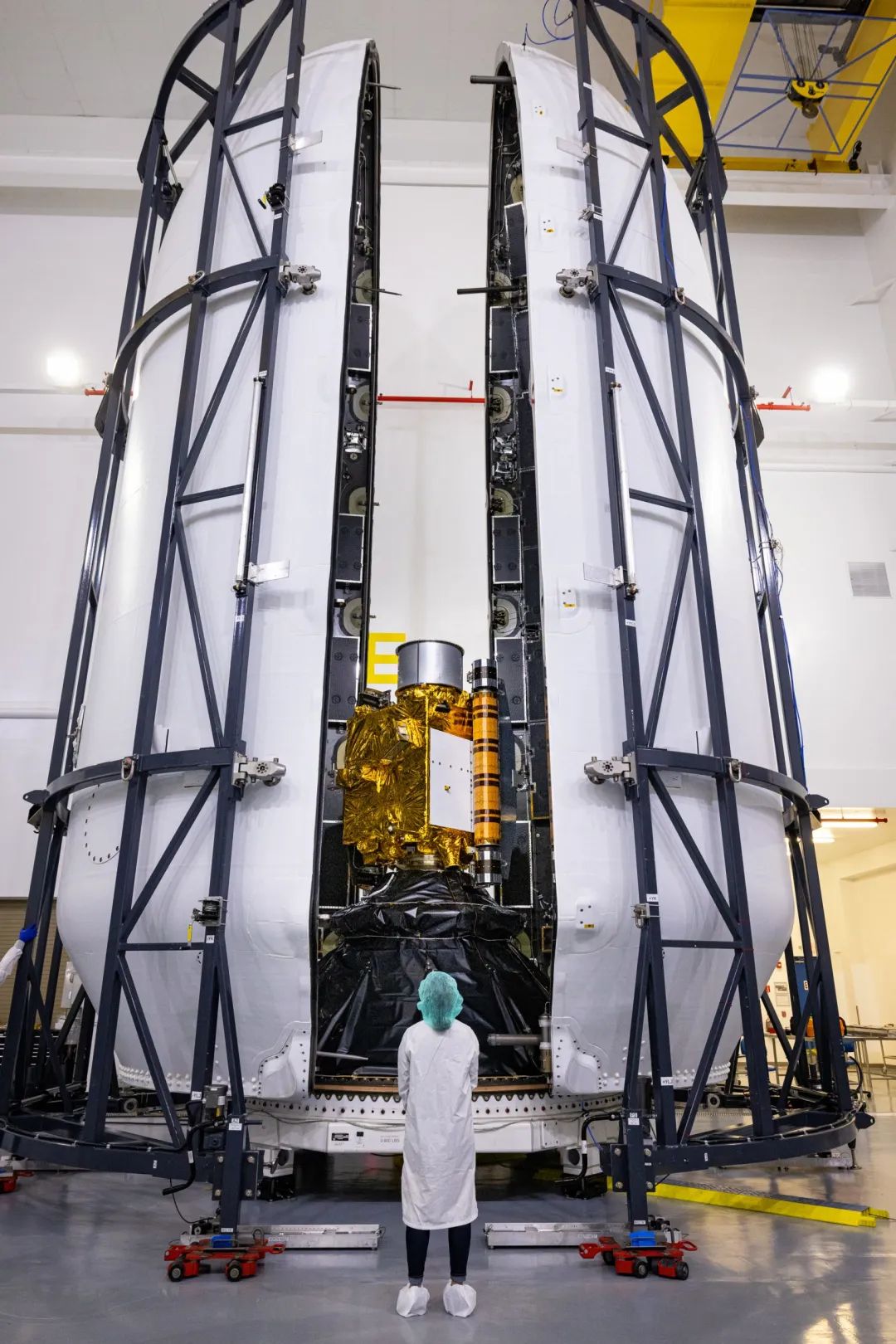
DART detector, compared with the rockets packaged by the rocket, is small to the incomparable proportion | NASA/JOHNS HOPKINS APL/ED Whitman
DART detector, length, width and height: 1.8 × 1.9 × 2.6 meters, quality: 610 kg. Except for several solar sensors used to determine the direction and posture, a star sensor for navigation, and a 20 -cm caliber camera, there is no scientific load, which is a low -cost satellite.
Because its mission is determined that it is "cannon fodder".
Of course, it is not just a "cannon fodder". The new type of ion engine, scroll solar panel, and small high conversion rate battery have conducted actual application tests on it. Regarding these new technologies, in the "Banging asteroid, revenge for dinosaurs!" "Humans launched the first planetary defense exercise" "In the article, there was a specific introduction.

Various instruments of DART detectors | NASA/JOHNS HOPKINS APL
Let's take a look at the target of this "dart" to hit.
Didymos, the dual asteroid, is asteroid permanent number 65803. From the sun 1.0 ~ 2.3 astronomical units, the revolving cycle is about 770 days, and the eccentricity rate is 0.38, which is only 3 ° with the zodiac, which is smaller than the moon.
Such a typical "Apollo -type" near -planet is in line with the definition of potential threat asteroids (PHA), but it is unlikely to hit the earth in the next century.
The next time it approaches the earth in November 2123, the nearest distance is about 5.9 million kilometers.
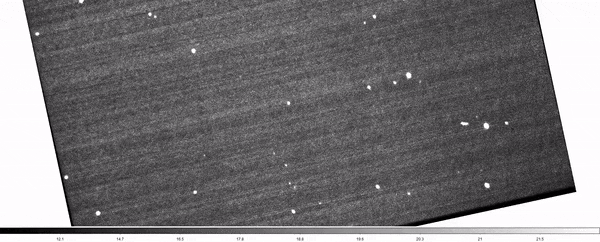
On July 27, the navigation camera on DART took the figure of the asteroid Didimos | JPL DART NAVIGATION Team
In 2003, people discovered that it had its own satellite. After that, this asteroid was officially named, namely "Didimos" Didymos, meaning "twins" in Greek. Its satellite is also named "Dimorphos" Dimorphos, which means "two forms" in Greek. Its Chinese name is also very interesting. Since it is a twin star, the big one is called "twin stars", and the small one is called "twins".
No. 65803 asteroid surrounds the sun's revolution orbit | ESA/Neo Coordination Center
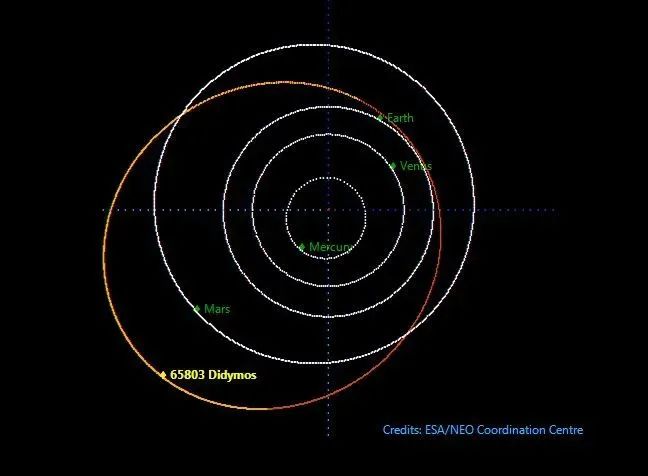
Two big stars diameter 780 meters and twin stars in diameter of 170 meters. DART's goal is clear, that is, impact the twins and observe the impact effect.
Compared with the size of the target asteroid, in order from left to right: bus, Dart detector, triumph, free female statue, twin star, Gibsa Great Pyramid, Eiffel Tower, World Trade Building No. 1 Harry Fata | NASA/JOHNS HOPKINS APL
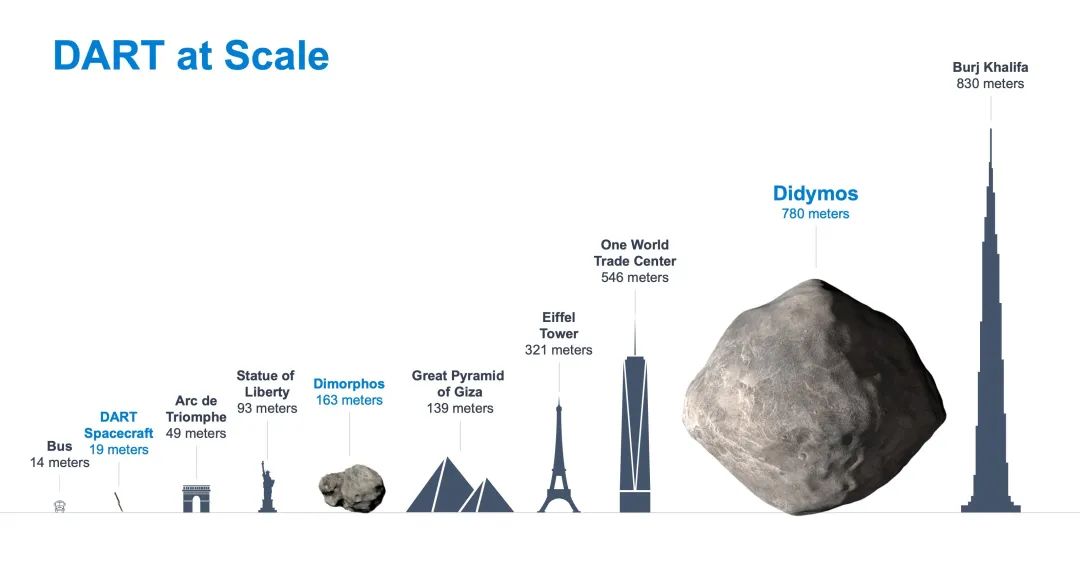
It's not because "persimmons pick up soft pinch", but that the twin star is too suitable as the target of this task. There are four reasons:
The quality of the twin stars is very small. According to our existing technology, if it impacted it, it may produce a change in the "observable" revolving cycle;
The orbit of the twin stars around the twin stars is close to the zodiac surface. From the perspective of the earth, they constitute the "double star". In other words, in the process of rotating the twin stars around the twins, the brightness of the dual asteroid system will change regularly, which is conducive to determining its track cycle;
When the impact is implemented, they are about 11 million kilometers from Earth, which is enough to observe the ground telescope and Hubble Space Telescope.
They will not threaten the earth, and we don't have to worry about we will be harmed after the impact.
Through the light transformation curve generated by the double stars/Ling, the ground telescope can accurately determine the revolving cycle of the dual asteroid | NASA/JOHNS HOPKINS APL

According to the plan, at about 3 am tomorrow, Dart will enter a fully automatic mode to find goals and locate through navigation cameras. 20 minutes before the impact "accurate lock". After the power of 3.5 kilowatts of power is turned on, the DART is finally accelerated to about 6.6 km/s. Two -and -a -half -and -a -half engine off the fire.
At 7:14, Dart will hit the twin star. According to the simulation, such impacts will not only leave a pit on the surface of the twins, but also reduce its turnover speed by about 0.4 mm/s.
Don't think it is small, amplifying to the entire revolving track, and the impact will cause the twin star to change 6 to 10 minutes around the cycle of the twins. This change can be tested with a large -scale telescope on the ground.
Impact effect simulation | ESA

It is reported that in the final stage of the twin star, until the impact occurs, DART will continue to transmit photos and radio signals, and the screen will refresh one frame per second.
The last picture is about 2 seconds before the collision, but because the analysis of the image requires a certain time, we will first see the radio signal disappear, and the image will be lost in a few seconds.
Dart navigation camera before hitting the screen simulation | NASA
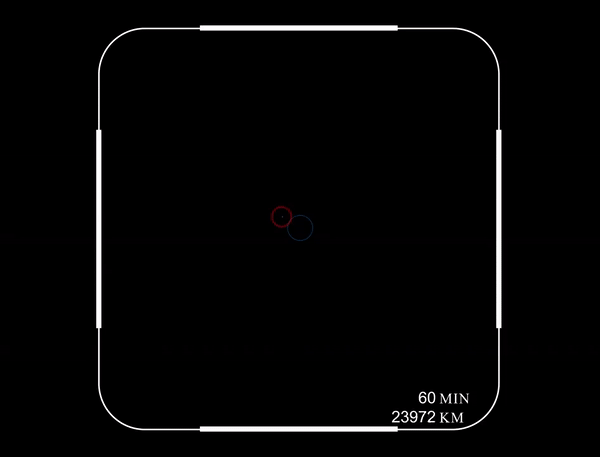
In addition, DART also brought a royal cameraist, a six -unit cubic star Liciacube, which is responsible for collecting images within a limited time before and after the impact, and directly transmits the data back to the earth. Especially after about 2 minutes and 45 seconds after the impact, it will fly over the twin star, try to capture the new impact pit image, confirm the impact and observe the feather flow formed by the impact. However, the research team may take a few days to process observation data.
DART Simplication of Cube Star Liciacube | NASA/JOHNS HOPKINS APL
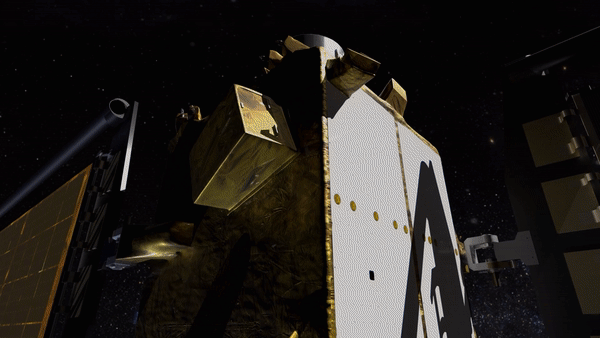
On September 21, LICIACUBE testing the earth image when testing the camera | ASI/NASA
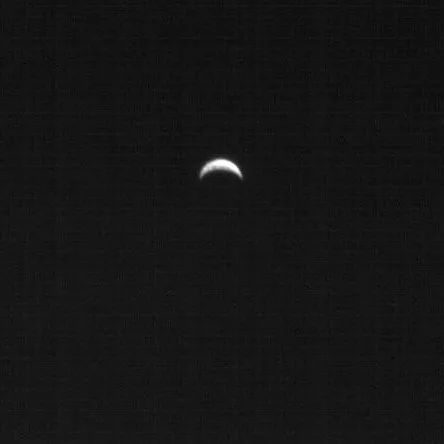
As the first planetary defense exercise of human beings, what will this collision effect? Don't worry, astronomical research institutions around the world will target the telescope at the highlight of the night sky.
NASA will invest in Hubble Space Telescope (HST), James Webb Space Telescope (JWST), and "Lucy" such as Lucy, which is performing Jupiter Troy Celestial Exploration Mission. It can be described as luxurious lineup.
At the same time, on the ground, it is distributed in the United States, Chile, Argentina, Australia, New Zealand, Israel, Kenya, South Africa, Namibia and other places, and even various types of optical telescopes and radio telescopes on the Antarctic continent. Continue to observe the Di Dimos dual walking star system.
The distribution of telescopes for subsequent observations of Di Dimos dual small aspect system | NASA/JPL

In our country, there are also a group of amateur astronomers and astronomical enthusiasts who apply for a large -caliber telescope in South America for observation time for shooting and research.
There is no doubt that this is another global feast in an astronomical community!
It is not the first time to hit Xiaotian body
"Darts" DART is not the first artificial aerospace in the small celestial body of the solar system. There have been two "pioneers" before, namely Deep IMPACT and Hayabusa 2. Deep space impact number task badge | NASA/JPL-CALTECH/UMD
The deep impact number was a detector launched by NASA in January 2005, and the inspection object was Comet No. 1 (9P/Tempel 1). On July 4 of the same year, it released a impact device weighing about 372 kg and successfully collided with the coma nucleus.

The energy released by the impact is equivalent to 5 tons of yellow explosives, forming a impact pit with a diameter of about 150 meters and a depth of 30 meters on the surface of the comet. When impact, the brightness of the comet is 5 times higher than normal.
The main probe flew over 500 kilometers from Comet No. 1, Tunph 1, and collected a series of data through the load of high -resolution cameras (HRI), medium -to -center camera (MRI), and impact positioning sensor (ITS). The earth was returned for a few days.
In -depth impact hit comet high -resolution dynamic real shot image | NASA/JPL
The results of "deep impact" are somewhat expected. Observation data shows that the water ice and dust generated by the impact are high, and support the loose and porous comet structure model. Comet material is also thinner than expected, more like talc powder, not sand.
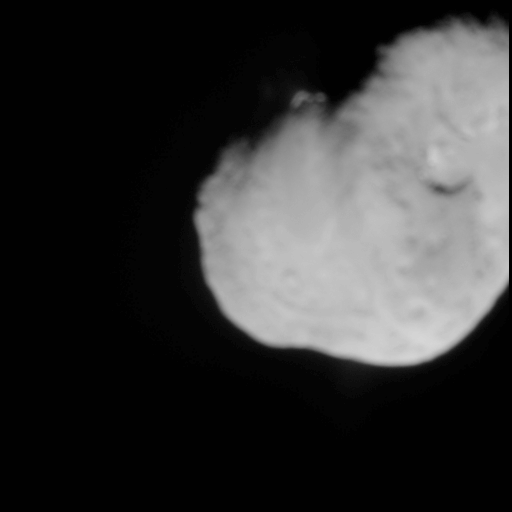
Astronomers speculate on the chemical nature of the comet that Comet No. 1 may be born near the King of Heaven or Neptune. This information is of great significance to understanding the formation and evolution mechanism of comets and the evolutionary model of optimizing the solar system.
Bird No. 2 task badge | jaxa
Bird No. 2 is the asteroid sample of the small asteroid of the Japanese Astronautics Agency (JAXA) returned to the detector. It took off from the Seed Island Universe Center of Kagoshima Prefecture, Kagoshima Prefecture, Japan on December 3, 2014. It arrived at the small planet 162173 on June 27, 2018 "Ryugu".

In 2019, Torbird 2 sampled on the surface of the "Dragon Palace". For the first sampling on February 22, the samples on the surface of the asteroid were successfully collected (for details: "Electric light firestone, short soldiers are connected! The first dragon palace sampling record of the 2nd Dragon Palace"). The next second sampling hopes to collect more primitive asteroid substances below the surface.
As a result, on April 5, 2019, the 2nd of the Bird 2 project a 14 kg impact device (SCI) on the surface of the asteroid "Dragon Palace" at a speed of 300 meters per second. For a while, a large number of debris splashed out, leaving a bomb pit with a diameter of about 10 meters on the surface.
Bird No. 2 releases the actual shot of the impact of the impact of the Asteri Star Dragon Palace | JAXA
The original asteroid hidden under the surface was exposed.
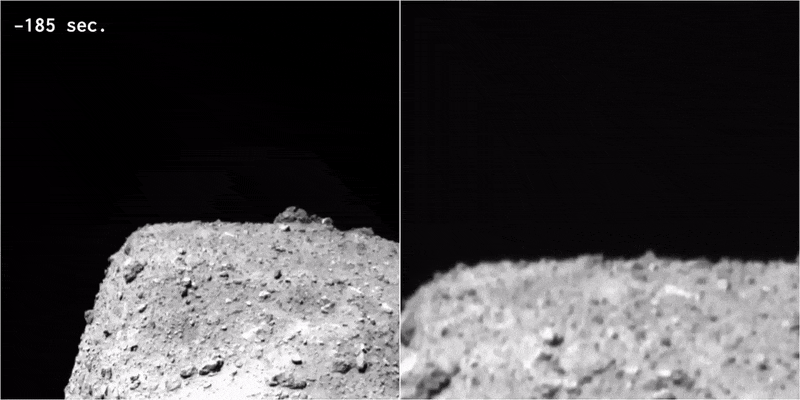
This impact forms a 10 -meter bullet pit, and the deeper asteroid original material is exposed | jaxa
On July 11, 2019, in this newly collided pump, the second sampling was completed on the 2nd (see: "300 million kilometers away, 60 cm precision! Record").

In the end, a total of 5.4 grams of samples were brought back from the small planet "Dragon Palace".
In May of this year, Japanese researchers announced that more than 20 kinds of amino acids were found in the samples of Dragon Palace asteroids. This is the first time in the asteroid of the solar system, that is, the discovery of amino acids in the natural environment of space, which provides an important clue to cracking the origin of life. (For details: "The sample of the asteroid brought back to the" source of life "? How far is the invasion of the aliens?").
Early morning, do not "hit" and not scattered | NASA/JOHNS HOPKINS APL
And Dart's "active attack" of Twin Star tomorrow is the third impact of human beings for the solar body. But compared to the previous two "small hits and small troubles", the target of DART tomorrow's collision directly points to the asteroid defense, which is also the first time that humans intend to try to change the operating state of a natural celestial body.
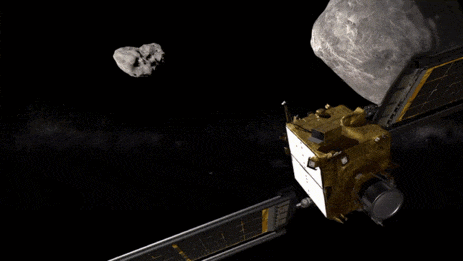
Are you saying that this is big enough? To sum up, it is very challenging and meaningful. The asteroid defense is far away, but we human beings have started actual action!
As for how this collision effect tomorrow is ... don't worry, the fruit shell will continue to follow the follow -up progress, so stay tuned.
Author: Brother Shui
Edit: STEED
- END -
Scientists discover the sand where the coast of my country will "sing"
Xinhua News Agency, Lanzhou, June 17 (Reporter Zhang Wenjing, Hu Tao) The latest research results show that there are also sands that can sing in the coast of my country. This is another new discove
Tianjin University and Xin'ao Group Co -Building Awareness R & D Center

Xin'ao Group supports Tianjin University's scientific research funding for 100 mil...